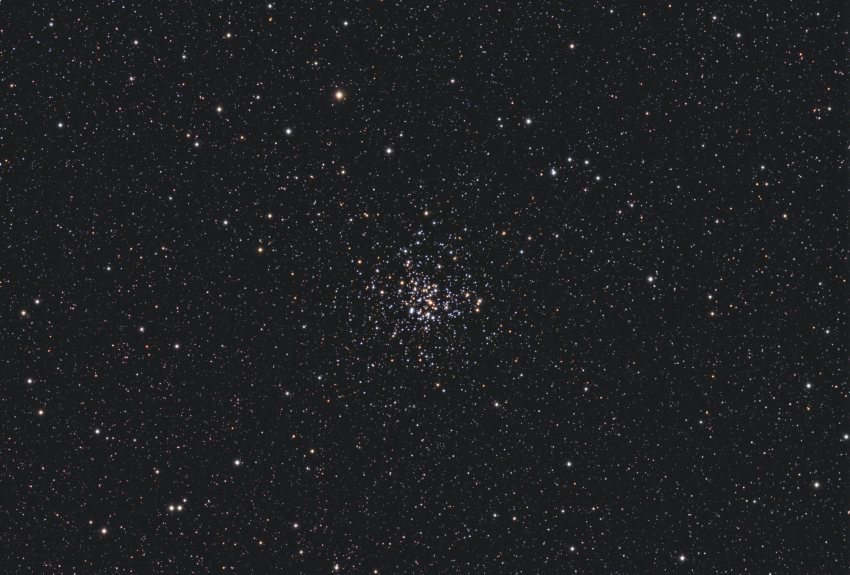
Location & Date
|
Backyard, Abbott Observatory- Long Island, NY, Jan. 20,21 2021
|
Telescope
|
TMB130SS F/7 APO, Moonlite focuser, Losmandy G11 Gemini
Image scale 1.54 arcsec/pixel
|
Camera
|
SBIG ST-10XME
Baader R G B filters
CCD temp -15°C
|
Exposures
|
Red-15 x 2m Green-15x2m Blue-15x2m Bin 1x1 per each mosaic panel
|
Planning & Acquisition
|
Mosaic planning - Sequence Generator Pro Mosaic Tool
Image acquisition - Sequence Generator Pro w/PinPoint & PHD2 (guiding)
|
Processing
|
CCDStack - calibration, debloom
Astro Pixel Processing - Normalize, Alignment, Combine, mosaic stitching
Adobe CS4 - Color Image composition, star glows, Noise reduction, JPEG conversion
This is a 4 panel RGB mosaic
|